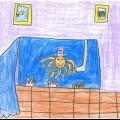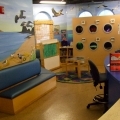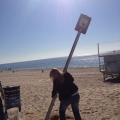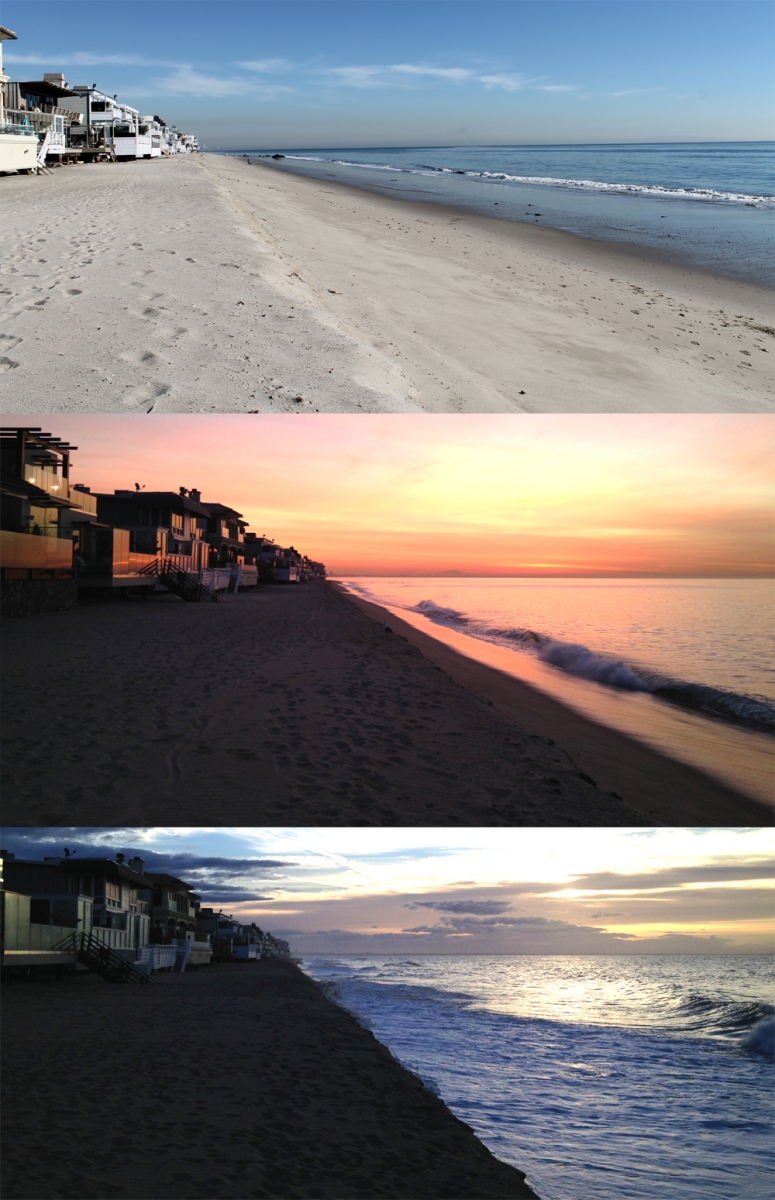Southern California is packed with weeds, a.k.a. exotic invasive plants, which are one of the principal causes of habitat destruction. Constant maintenance and eradication is an absolute necessity if we want to hang on to our region’s natural places, which is why this Sunday Heal the Bay and Mountains Restoration Trust will be in Malibu Creek removing as many of these invasives—and planting native trees– as we can.
Please join us at 8:45 a.m. on January 13 in Malibu Creek State Park to get a great workout while restoring this essential ecosystem. In the meantime, here’s a quick primer, written by Tim Rosenstein, Mountains Restoration Trust Project Manager, on these pesky non-native plants and trees.
“Weed” isn’t really the best term to use. “Invasive” is much better because a tree can be invasive but no one thinks of a tree as a “weed,” for example. A weed is basically a non-native plant that aggressively reproduces. But there’s a bit more to it than that.
In any given habitat all the organisms that are native to the area have been evolving with each other over thousands of years. We use the term “ecosystem” to describe the totality of interactions between the living and non-living components that make up a habitat. A natural habitat will always consist of many different living components.
Even if dominated by one species, say Coast Live oak in an oak woodland, there were still be plenty of other plant life and a massive diversity of animals, insects, and microbes all living together in that ecosystem. It is the interaction of all those various components that maintains the habitat’s health, and those patterns of interactions are the result of thousands of years of co-development.
A weed is from somewhere else, often native to a different continent, and did not develop within the habitat it is alien to. You see back in a weed’s native habitat it was just another component of the whole. It grew up alongside all the other plants and animals and some animals and insects ate it or ate its seeds, which kept its number down, and other plants competed well with it — similar germination cycles, similarly aggressive growth, etc. — so all in all that weed back in its natural home wasn’t a weed at all, it was just another plant.
But removed from that habitat and transported to the other side of the planet, the natural germination cycle and growth habits of that weed are going to be quite different than that of the native plants and that may give them an advantage. For example, weeds often germinate much earlier than native plants and therefore establish themselves before natives can even sprout. Plus native insects and animals most likely won’t eat that weed, either. Altogether this means there are no natural processes constricting the spread of weeds, which allows them to crowd out native plants and take over, creating monocultures.
Ready to help rid Malibu Creek of invasives? Sign up now to volunteer this Sunday, January 13. If you can’t make it, no worries. Check Heal the Bay’s Calendar of Events for upcoming restorations.




 Peer into the “holdfast haven” exhibit, for example, for a close look at the root-like structure, known as a holdfast, which is the anchor of the giant kelp. Chances are a keen eye will see a collection of crustaceans called Hemphill’s kelp crabs. Their first pair of walking legs is exceptionally long, and covered with numerous curved hairs. They decorate this pair of legs with kelp, grass, algae and other organisms. When feeling threatened, this crab will raise one of its adorned legs and hold it horizontally as a shield between itself and a predator. The Hemphill’s kelp crabs were just added to the holdfast, also home to brittle stars, snails and other tiny organisms. Visitors are charmed by their antics, but at least weekly someone will ask: “whatever happened to that octopus that flooded the Aquarium?”
Peer into the “holdfast haven” exhibit, for example, for a close look at the root-like structure, known as a holdfast, which is the anchor of the giant kelp. Chances are a keen eye will see a collection of crustaceans called Hemphill’s kelp crabs. Their first pair of walking legs is exceptionally long, and covered with numerous curved hairs. They decorate this pair of legs with kelp, grass, algae and other organisms. When feeling threatened, this crab will raise one of its adorned legs and hold it horizontally as a shield between itself and a predator. The Hemphill’s kelp crabs were just added to the holdfast, also home to brittle stars, snails and other tiny organisms. Visitors are charmed by their antics, but at least weekly someone will ask: “whatever happened to that octopus that flooded the Aquarium?” The Hawaii survey turned up masses of typical ocean garbage, including fishing nets and traps, Mallos said, noting the irony of also finding a “Heal the Bay” trashcan.
The Hawaii survey turned up masses of typical ocean garbage, including fishing nets and traps, Mallos said, noting the irony of also finding a “Heal the Bay” trashcan.
